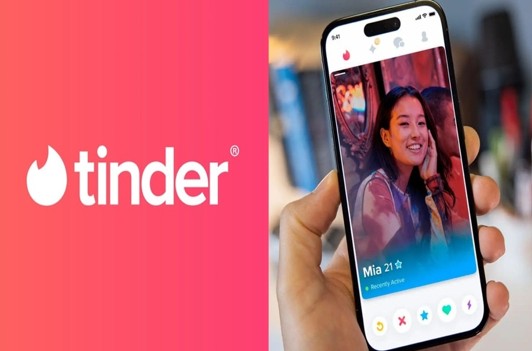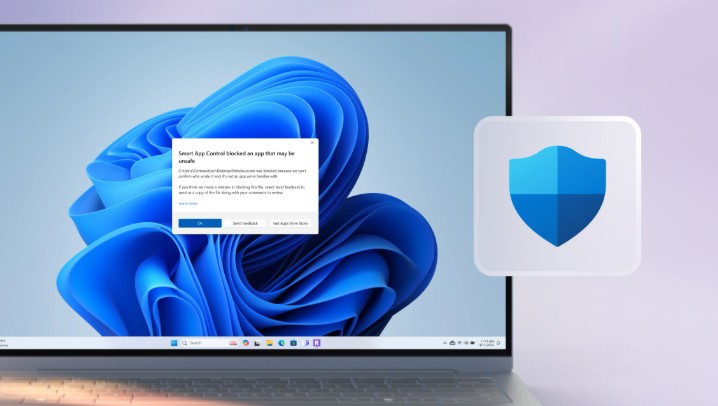Best Selling Products
Height Is The New Dating Criteria: Who Is Tinder Pleasing?
Nội dung
- 1. Tinder and Cultural Influence: Where “Beauty” Is Redefined
- 2. Height option feature
- 3. Legitimize existing behavior: When users set their own standards
- 4. The debate rages on: Personalization or shallowness?
- 4.1. Support: This is personal freedom
- 4.2. Protest: A step back in human values
- 5. As Tinder pushes to differentiate the experience between free and paid users
- 6. Options cannot prevent “trickery”
Tinder, one of the pioneering applications in this field, continues to stir up the market with a new experiment: allowing users to choose the desired height range of a potential partner.

In the digital age, when first touches no longer happen on the street or in a coffee shop but in a swipe on a phone screen, dating apps like Tinder have not only changed the way people meet but have reshaped the entire modern dating culture. One of the most noticeable things is how appearance has become the top priority , before personality or personal preferences.
Tinder, one of the pioneering applications in this field, continues to stir up the market with a new experiment: allowing users to choose the desired height range of potential partners . Does this feature really help personalize the user experience, or just add to the controversy surrounding the "shallowness" of online dating? Let's take a closer look at this controversial experiment of Tinder.
1. Tinder and Cultural Influence: Where “Beauty” Is Redefined
Since its launch in 2012, Tinder has become more than just a dating app; it’s a platform that has reshaped the way people approach relationships in the digital age. With its simple swipe-left to reject and swipe-right to show interest, Tinder makes the dating process intuitive, fast, and wrapped up in those first few emotional seconds.
Tinder’s standout feature is its image-first interface: profile pictures are the first and sometimes only thing users rely on to make a decision. This makes appearance an almost mandatory factor to stand out if you want to get noticed. Among the myriad of physical criteria, height emerges as one of the most discussed and discussed characteristics, from introductory lines like “175cm and above” to unwritten “swipe rules.”
.png)
Many users frankly wrote in their bio:
“Swipe right if you are over 1m78.”
“Not suitable for people under 1m70, sorry.”
Or joking: "I'm 1m65 tall, so it's not okay for you to be shorter than me!"
All this suggests that height is no longer a personal detail, it has become an “implicit selection criterion” in online dating culture. And Tinder, which is known for respecting personal freedom, is now exploiting this trend with an official tool: the height option.
Tinder Gold and Platinum Upgrades for Cheap
2. Height option feature
Tinder is testing a new feature that allows users to set the ideal height for potential matches, TechCrunch reports. The feature is available in the “Discovery Settings” section, where users can adjust criteria such as gender, age, and location. Now, height is being added as a personalized criterion, and it’s getting a lot of attention.
The feature is currently only available to select users on premium subscription plans like Tinder Gold and Tinder Platinum. Users can choose a preferred height range, such as 5'10" or taller, to have Tinder prioritize profiles that fit that criteria during the swipe process.
However, the feature doesn’t completely exclude people who don’t meet the height requirement, but instead tweaks the recommendation algorithm to prioritize profiles that are more suitable. That means you may still see “undersized” people, but the rate will be lower than if the option wasn’t set.
(1).png)
Personalized but not absolutely limited
This is not just a simple addition to the settings, but also a clear demonstration of Tinder's current product development mindset: aiming to optimize the user experience through deeper personalization. Making height, a criterion that is often informally stated in the introduction, a system setting shows that Tinder is legitimizing user behavior instead of avoiding or treating it as prejudice.
What’s more, the move also increases the value of paid subscriptions, as users have more granular control over who they see. Instead of swiping to find your “type,” you can now let the algorithm help you shorten the time and improve your chances of connecting with the right person.
From a product design perspective, this represents a balance between personal freedom and technology to help you make decisions. Tinder isn’t saying that shorter people aren’t “worthy” of love, they’re simply giving you the tools to make it easier to meet people who are more compatible with you.
3. Legitimize existing behavior: When users set their own standards
In the online dating world, especially on platforms like Tinder, height preference is no longer a strange thing. For a long time, users have built their own “personal filters” by stating in their bio: “Prefer people 1m75 and above”, or “Please do not swipe if you are shorter than 1m70”. Some people even proactively mention their height as a way to “subtly suggest” suitable partners.
In fact, this is a common and informal practice that has existed quietly in the user community for many years, so the move to test the height option in the “Explore Settings” section is not a revolutionary move, but rather an act of legitimizing a standard that has been applied implicitly.
.png)
Tinder now simplifies that selection process, making it a built-in tool, saving users time on manual filtering and increasing their chances of reaching people who are more closely aligned with their personal preferences. Just like how you select age or geographic location, height is now just an additional criterion, adding a more personalized touch to the dating experience.
However, this very legitimization raises many debates: When appearance standards are officially incorporated into the platform, is Tinder contributing to reinforcing social stereotypes about appearance, instead of encouraging connections based on true personality or values?
4. The debate rages on: Personalization or shallowness?
Over the years, dating apps, especially Tinder, have been criticized for being “appearance-oriented,” placing too much emphasis on appearance, and reflecting a consumerist mindset when choosing a partner. In that context, adding a height filter makes many people feel like Tinder is “adding fuel to the fire.”
The online community quickly divided into two distinct opinions:
4.1. Support: This is personal freedom
Proponents argue that setting a height criterion is no different than choosing an age range or geographic range. If you can choose people within a 20km radius, why not choose your ideal height?
According to them, Tinder simply gives users more control, helping them be more proactive in finding the right relationship. This is a reasonable approach in the digital age, when time and efficiency are increasingly at the forefront.
4.2. Protest: A step back in human values
On the other hand, many people see this as a worrying sign. Allowing people to be filtered by height is promoting the “objectification” of people, turning dating participants into products with parameters that need to meet standards.
This can easily create invisible pressure on those who do not meet society's appearance standards, making them feel self-conscious, excluded, and less able to express themselves authentically.
.png)
In particular, when this feature is only available to paid users, many opinions also say that Tinder is "commercializing" the dating experience. That means if you want to be more selective, you have to pay more money and invisibly, those who cannot afford it will have limited access to more specific criteria.
5. As Tinder pushes to differentiate the experience between free and paid users
Testing the height feature is not just a technical tweak, but also a reflection of Tinder’s strategy for growing its paid service. Over the years, Tinder has steadily expanded its premium features, from “see who likes you,” “passport to change location,” to increased profile visibility.
Now, the addition of granular filters like height is turning Tinder Gold and Platinum into powerful dating “criteria management” tools, aimed at users who want more control over their experience.
Phil Price Fry – Vice President of Communications at Tinder told Engadget:
“This is part of a larger effort to help people connect more intentionally on Tinder. Our new product principles guide every decision, and this one speaks directly to a few things: prioritize user outcomes, act fast, and learn fast.”
.png)
In doing so, Tinder shows that they are not only focusing on features but are also reshaping their product philosophy, moving from “quick connection” to “purposeful connection”.
6. Options cannot prevent “trickery”
Whether or not the height option becomes an official feature, one thing is undeniable: it cannot control the honesty of user profiles.
For years, Tinder users have been able to “lie” about their height, weight, job, or even their heavily edited profile pictures. So in 2019, Tinder trolled users by announcing it would roll out a height verification feature—a marketing ploy that emphasized the satirical nature of how people use the app.
The addition of height filtering once again raises the question: Can Tinder ensure authenticity in an increasingly uncensorable virtual world?
Ultimately, Tinder’s experiment with height options is more than just a minor interface change. It reflects a new way of thinking about product design, where users have more control over their experience, but it also highlights debates about fairness and depth in human relationships.












































